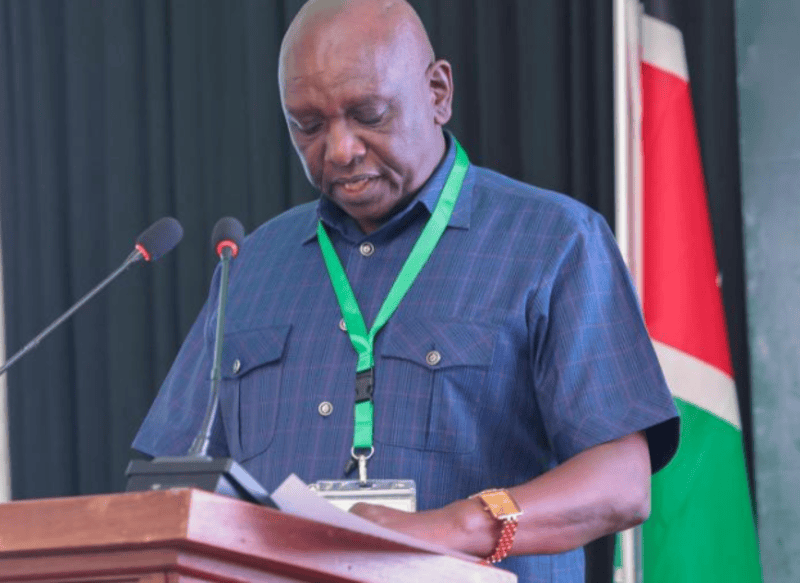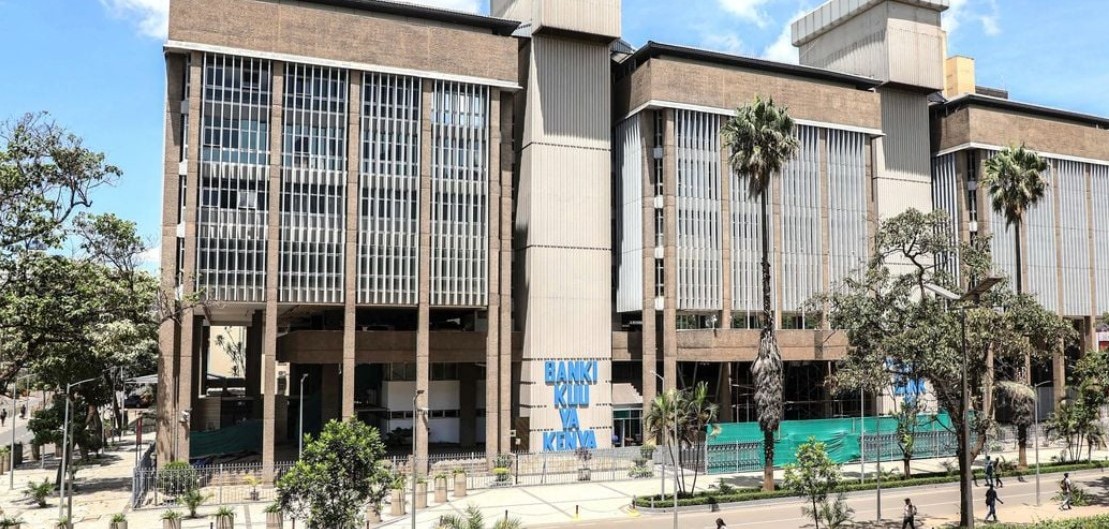How Turkana border communities are strengthening disease surveillance

Health teams have been conducting joint supportive supervision along key border areas, including Lokiriama Sub-County, which neighbours Uganda, South Sudan, and Ethiopia.
Border communities in Turkana are intensifying disease surveillance and prevention efforts through the One Health initiative, a collaborative approach that integrates human, animal, and environmental health services.
The initiative, led by the Turkana County Government in partnership with the International Rescue Committee (IRC), seeks to build the capacity of Community Health Promoters (CHPs), Community Disease Reporters (CDRs), and local health facility staff.
Health teams have been conducting joint supportive supervision along key border areas, including Lokiriama Sub-County, which neighbours Uganda, South Sudan, and Ethiopia.
More To Read
- Turkana adopts solar-powered 'Vaccibox' to store vaccines in remote areas
- Turkana and Toposa communities celebrate one year of cross-border peace after Arusha accord
- Turkana County to ban dual wholesale-retail businesses, warns of closures after June 30 deadline
- Audit reveals Sh52 million wasted on northern Kenya salty and dry boreholes
- Turkana County, donors adopt strategy to contain cholera outbreak
- Senate gives Turkana Governor 30 days to occupy Sh740 million county headquarters
The outreach focuses on monitoring zoonotic and vaccine-preventable diseases, engaging health facilities such as Lorengipi, Loya, Lochor Alomala, Lochor Edome, Lokiriama, and Urum.
Abdi Jamal, Project Manager at Core Group Partners, emphasised the importance of stakeholder engagement, noting that collective action is vital to achieving sustainable health outcomes.
“Our collaboration with CHPs and CDRs enables early detection. With timely reporting, facilities such as Urum can deploy vaccines effectively and prevent outbreaks,” he said.
Communities along Turkana’s borders face distinctive health challenges, including limited access to health services and the misuse of antibiotics.
Daniel Esimit, a Public Health Specialist, warned that the misuse of antibiotics fuels antimicrobial resistance (AMR) and leads to wastage.
“We must raise awareness, regulate over-the-counter drug sales, and educate pastoralists on the proper use of medicines,” he stressed.
CHPs and CDRs serve as critical links between communities and health facilities.
Justus Ariton, Nurse-in-Charge at Urum, noted that CHPs ensure timely reporting of cases, enabling quicker treatment. Teresia Eyanae, a CHP and CDR, highlighted the need for continuous training and a steady supply of essential medicines to meet growing demand.
According to the county government, the One Health approach has encouraged health-seeking behaviour, strengthened community–facility linkages, and enhanced surveillance.
Ivy Kaman, Lokiriama Sub-County Public Health Nurse, reported that six outreach missions have already improved immunisation coverage and traced children who had defaulted on vaccination schedules.
Stakeholders have called for scaling up efforts to address antibiotic misuse, antimicrobial resistance, and gaps in training and resources.
Experts have also underscored the need to regulate antibiotic access, expand veterinary and laboratory services for pastoralist communities, provide vaccines, support training, and strengthen surveillance along critical border areas.
Top Stories Today














































